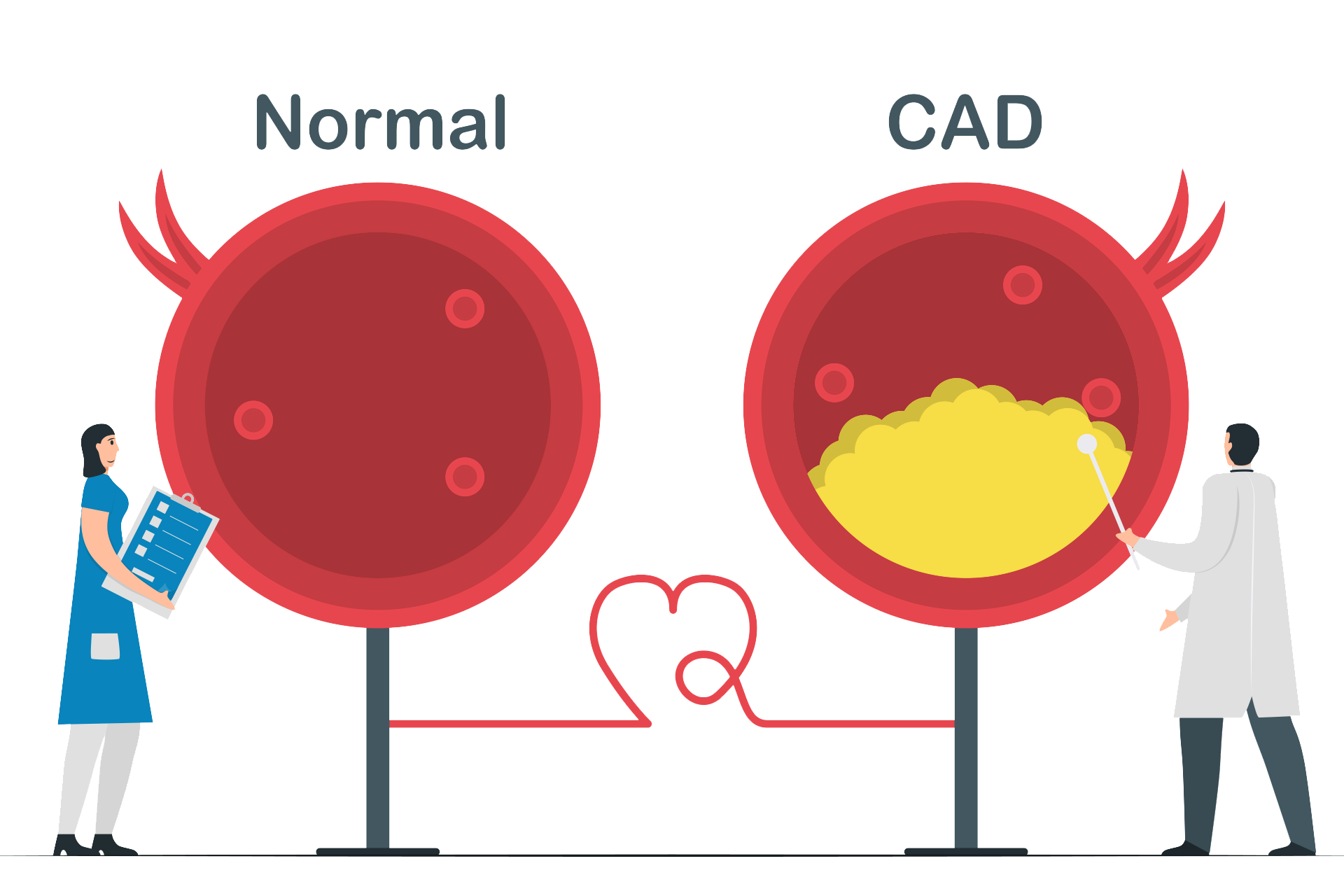There is a growing trend to extrapolate everything in cold numbers. It may work for some topics, but when it comes to health issues, we are talking about human lives and feelings, so every statistic should be accompanied by some context. Here are ten facts and statistics that might blow your mind.
1. More than 7,000 rare diseases affect around 30 million Americans
The National Institutes of Health (NIH) considers a disease rare if it affects fewer than 200,000 people in the country. Most rare diseases are genetic, meaning they are not necessarily caused by viruses or bacteria but by some form of mutation. Two out of three Americans diagnosed with rare diseases are children.
Most cancers are considered rare. There are rare heart diseases, neurological and neuromuscular disorders, skin or bone deficiencies, metabolic diseases, chromosomal disorders, and other affections of the blood, lungs, skeletal system, kidneys, and other body parts. About 95% of rare diseases have no known treatment since specialists do not widely research them. Some rare diseases are unknown and first discovered when a patient’s case gains notoriety.
2. About 56 million people die every year
The death rates in the world are often very balanced, which means the deaths related to health factors change slowly in time. Of course, sudden changes have occurred, such as natural disasters, war, terrorism, or, more recently, pandemics. COVID-19 elevated the number of respiratory disease-related deaths; however, cardiovascular diseases are still the leading cause of death worldwide.
3. The global average life expectancy is 73 years old
Even with the world average, there are enormous differences between developed and third-world countries. For example, the lowest life expectancy belongs to Lesotho, a central African country whose citizens expect to live just above 50 years. In comparison, Japan has the world’s highest life expectancy, more than 84 years.
4. 15.5% of deaths worldwide are caused by Coronary Artery Disease (CAD)
Also known as ischemic heart disease, CAD happens when the blood supply to the heart diminishes due to narrowed blood vessels. It leads to pain in the chest, arrhythmia, and heart failure. Although it is still the world’s primary cause of death, it has declined in Europe and the United States, partly because of better access to public health education and care.

5. Around 8.5 million people will have Alzheimer’s in the United States in the next decade
The medical advance in diagnosing and treating Alzheimer’s disease has increased the life expectancy of the patients who suffer from it. However, since the most significant risk factor for it is old age, and because Alzheimer’s has no cure, in 2030, more senior adults aged 65 and over will be diagnosed with this disease than currently.
6. Research and development for HIV/AIDS have the highest donated funds
The research and development funding granted to help finance the fight against HIV/AIDS was the highest in the world. Yet, only in 2020, funders provided about 1.37 billion dollars to institutions dedicated to researching this infectious disease.
7. About 3% of all babies born in the U.S. are affected by congenital disabilities
Not every congenital disability is life-threatening. The most common congenital disability in American newborns is clubfoot, which affects one of every 593 babies. Down syndrome is the second most common congenital disability, affecting more than 5,000 births yearly.
The most common severe diseases affecting newborns in the country are pulmonary valve atresia and stenosis, which are present in one of each 1,052 births. Pulmonary atresia occurs with a valve defect that blocks the blood flow from the heart to the lungs. Babies with this condition show symptoms after birth and should be diagnosed and treated as soon as possible, most often by surgery

8. High blood pressure is the major risk factor for deaths worldwide
The top five risk factors that can lead to deadly diseases or conditions are:
9. People with some disabilities are twice as likely to suffer from other conditions and comorbidities
A disability does not necessarily mean having lousy health, mainly because most age and environment-related diseases are more preventable with education and awareness. 42% of people with disabilities have depression, as opposed to 12% of people without disabilities. Also, 40% of disabled patients are obese, and only 29% of non-disabled patients are. Smoking, diabetes, or heart diseases, are some risk factors that rise in people who have some disability.
10. More than 37 million Americans live with kidney diseases
Kidney diseases are known as silent killers because they don’t present signs or symptoms until they reach the late stages. The kidneys clean the blood, keep the skeletal system clean and help control blood pressure; hence, they are vital organs. Kidney disease is the most growing disease in the country since about 800,000 people are living with kidney failure, almost 550,000 of them are in dialysis, and barely 250,000 patients live with a kidney transplant in the United States.
Call Signature 24/7 at 1 (800) 277-8291 for excellence in skilled and compassionate home health care.

Your Complete Home Health Care Solution!
ALWAYS ON CALL
| Monday – Sunday | 24 / 7 |
1 (800) 277-8291 (option 1)
COUNTIES SERVED
OUR VALUES
TESTIMONIALS

I love all of my home health people.

All Signature staff as well as therapy were very helpful.

Their services have always been great.

I really love my physical therapist. Gary has helped me so much.

This has been one of the best agencies. Very caring nurses.

I’ve had a really good physical therapist and really nice nurses.

I have had excellent care & would recommended them to anyone.

Gary Dixon is the very best physical therapist in Baytown and Houston Area.

